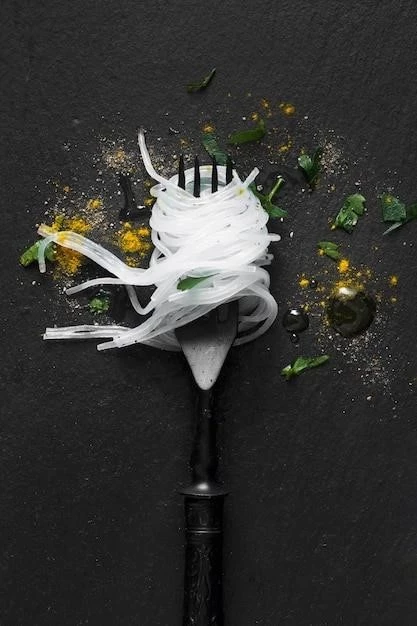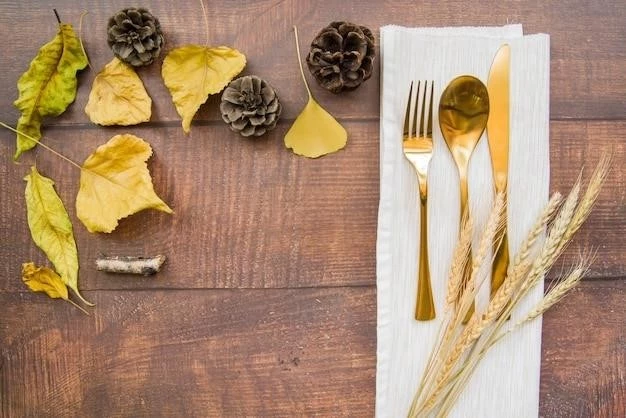The History of the Fork: From Ancient Origins to Modern Day
The fork, a seemingly simple utensil, boasts a surprisingly rich and fascinating history spanning millennia. Its journey from a curious novelty to an indispensable tool of dining is a testament to human ingenuity and cultural evolution. As someone who appreciates the elegance and functionality of the fork, I’ve delved into its history, discovering a tale that is both captivating and illuminating.

Ancient Origins: The Fork’s Humble Beginnings
The earliest evidence of fork-like implements dates back to ancient civilizations. In ancient Egypt, archaeologists uncovered small, two-pronged forks used for handling food. These forks, made of bone or wood, were primarily used for spearing fish or other small items. Similar objects have been unearthed in ancient Mesopotamia and Greece, suggesting the fork was a tool used across various cultures. It’s important to note that these early forks were not used for eating in the modern sense but rather for manipulating food.

The Fork’s Rise in the East: The Chinese Influence
While the fork was present in ancient civilizations, it was in China that it truly began to take shape as a dining utensil. During the Tang dynasty (618-907 AD), chopsticks were already widely used, but a unique form of fork emerged: the “kuai.” This two-pronged, pointed fork was utilized for picking up noodles and other delicate foods, highlighting the Chinese appreciation for refined dining.
The Italian Renaissance: The Fork’s European Debut
The fork’s journey to Europe is a captivating tale; It is widely believed that Catherine de’ Medici, an Italian noblewoman who became Queen of France in 1547, introduced the fork to the French court. However, the fork’s initial reception was met with skepticism and even disgust. Many saw it as an affront to tradition, believing that hands were the only proper tools for eating. It was considered “unmanly” and “unnatural” to use such a utensil.
The Fork’s Gradual Acceptance: Breaking Barriers
Despite initial resistance, the fork’s practicality and elegance gradually won over the European elite. In the 17th century, the fork began to gain popularity in Italy, particularly in Venice, where it was associated with refined dining. By the 18th century, the fork had become an essential part of the table setting in most of Europe, marking a significant shift in dining etiquette.
The Fork’s Modern Evolution: A Multifaceted Utensil
Over the centuries, the fork has evolved from its simple two-pronged form into a diverse array of designs. We now have forks of various sizes, shapes, and materials, each tailored to specific culinary needs. From the delicate dessert fork to the sturdy carving fork, the fork has become a versatile tool that adapts to the nuances of different cuisines.
Conclusion: The Fork’s Enduring Legacy
The fork’s history is a testament to how seemingly simple objects can evolve over time, reflecting societal changes, cultural influences, and the pursuit of refinement. From its humble origins in ancient civilizations to its modern-day ubiquity, the fork has become an essential part of our dining experience. Its enduring legacy speaks to its practicality, elegance, and its ability to adapt to the ever-changing landscape of culinary culture.










